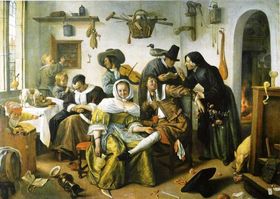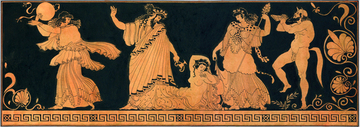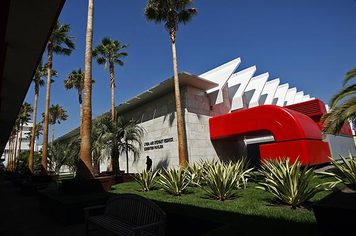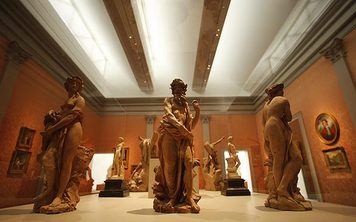 Do we have another Bernini?
Do we have another Bernini?
His Ecstasy of Saint Theresa in Rome is unquestionably a masterpiece in white marble. This week, the MacArthur Foundation bestowed one of its $500,000 no-strings-attached grants on another sculptor in marble, Elizabeth Turk, 48, from Atlanta, noting that “she transforms her signature medium of marble into intricate, seemingly weightless works of art.”
And:
Employing a variety of electric grinders, files, and small dental tools with a dexterous touch, her technical virtuosity is on full display in The Collars, a series of sixteen painstakingly carved sculptures that explore a rich variety of organic and geometric patterns. The elaborate collars in this collection combine allusions to decorative motifs and the self-organizing systems of the natural world, drawing from lace-making and Elizabethan fashion as well as botanical, skeletal, and architectural structures.
Hirschl & Adler showed The Collars in 2006, and noted that her work had been shown at the Mint Museum and the Corcoran Gallery.
But have a look at these examples — at how outside the mainstream of contemporary art they are. And at how beautiful they are.
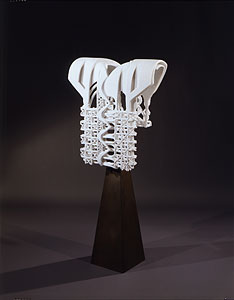
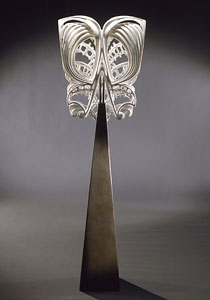
Were the MacArthur judges trying to make a point?
It’s not a silly question. Over the years, the MacArthur “genius” grants have often sent a message, usually a politically correct one. I don’t want to cite examples, lest I seem to cast aspersions on the individuals — who no doubt were doing good work, but might not have been chosen had they not also made a larger point.
Maybe someone at MacArthur thinks contemporary art of many stripes ought to be recognized — interestingly, Hirschl & Adler does not cast itself as a contemporary gallery, though it does handle “modern” works.
There could be another explanation, of course. I’m just asking.
Read more about Turk from the MacArthur Foundation here, more about The Collars from Hirschl & Adler here.
Photo Credits: Courtesy of the MacArthur Foundation (top); of Hirschl & Adler (bottom)

 But this week, the company announced that it was redoubling its efforts to invest in education. It committed to donating $500 million by 2015, making its total commitment to education reach $1 billion. Much of the effort will focus on literacy, getting children to read by third grade. Here’s a link to the
But this week, the company announced that it was redoubling its efforts to invest in education. It committed to donating $500 million by 2015, making its total commitment to education reach $1 billion. Much of the effort will focus on literacy, getting children to read by third grade. Here’s a link to the 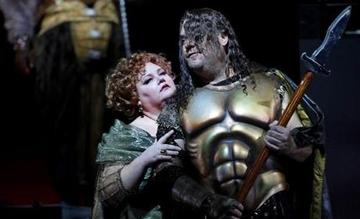 Here’s the
Here’s the 